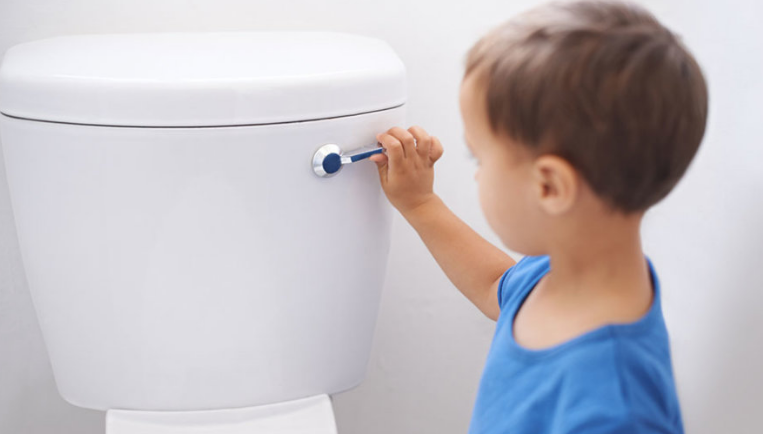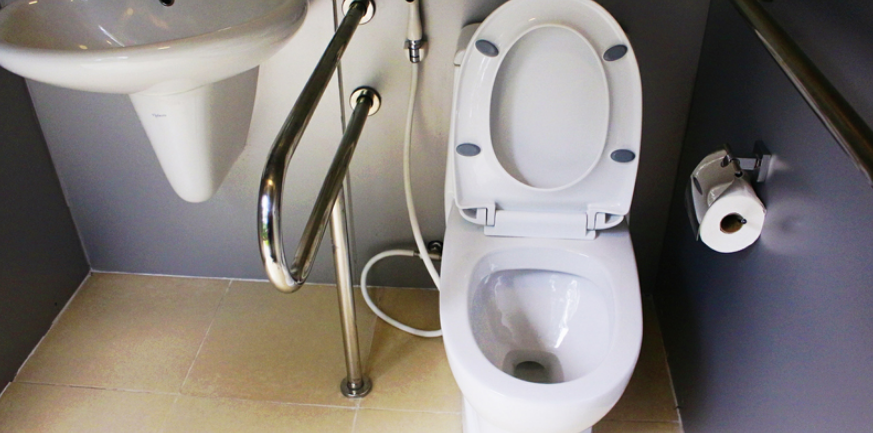Arias985
New Member
Which are the various components of a toilet?
Ever wonder how the bathroom works? Millions of people use one every day, many times a day, but likely without even giving a second thought to how this pipes marvel works. We take for granted, the complexities of the inner workings of this modern day convenience.
The Are Several Different brands and designs of Baths available now, however, they all basically have the exact same 3 elements: the container, the bowl, along with the plumbing attached.
Toilet Basics
The Massive box-like thing about the back of the Toilet, popularly called the tank, houses the majority of the working parts of the bathroom . The bathroom tank generally is made up of this grip, float ball, and refill tube, and overflow tube, and fill valve (a.k.a. Ballcock), and the flapper.
Learn more best composting toilet here:http://terrylove.com/best-composting-toilet-reviews/
Manage: the trip lever which starts the act of flushing The toilet.
Float Ball: located in the tank, it floats in the water that is in the tank. With every flush, then it rises and falls with the level of this water.

Refill Tube: the tubing connected to your water source that matches the Tank up after every flush.
Overflow Tube: the tube which drains water in the tank If it gets to full.
Load Valve (Ballcock): the valve which covers the breaker tubing
Flapper: covers the hole between the tank and the bowl.
Common shapes of Bathroom bowls
Toilet Bowls
The bowl Is Most Likely the most basic piece of The bathroom, because it's generally, only two pieces: the bowl and the lid. Commonly made from porcelain, the toilet bowl is typically either round or oval, though there are some square ones on the market. The lid (seat) consists of several distinct kinds of substance; wood, porcelain, plastic, marble (yes, marble).
Bowl: the bowl identifies the whole piece joined to the tank. It features the sitting area and the bottom of the best flushing toilet(visit website terrylove), because they're generally all 1 piece.
Lid: refers to the bit that covers the bowlsitting or sitting area Of the toilet.
S Trap or S Pen Pipes
The Plumbing
Among the greatest inventions of all time, is That of the S-curve pipes, which was invented by Alexander Cummings at 1775. The S-curve plumbing prevented sewage gases from flowing back up into your bathroom. Most people aren't aware that the gases from sewage are very flammable, as well as foul smelling. The S-curve plumbing was later improved by Thomas Crapper at 1880, who introduced the U-bend plumbing which was less likely to jam and overflow.
Another bit of the pipes for bathrooms is The water supply valve that is on the tank, that supplies the water into the filler valve to meet the tank. Without this, there would not be a water source to wash the tank to continue to flush out.

How does a toilet work
Toilet bowl water level
Now that you know the basic parts of the Toilet, let us explain how it works together. First, water is provided in the water supply valve to the refill tube. The water flows throughout the refill tube also fills the tank up. When the float ball reaches designated height it triggers the fill valve or ballcock to pay the refill tube therefore no longer water fills the tank. In the event the fill valve is defective and continues to let water from the tank, the excess water will flow from the overflow valve and to the toilet bowl.
When the tank has been filled to the designated Elevation, it is ready to be flushed. When the handle or button is pressed, then this releases the flapper covering the inlet hole in the bottom of the tank. This allows the water in your tank to flush out of the tank and to the bowl. Some of the water moves down the refill tube to begin refilling the tankbut the majority flushes into the bowl. The fat and volume of the water squeezed into the bowl produce a siphon effect and the water is sucked from the bowl via the S-curve pipes and out through your sewage pipes.
Read more about: Tip choose Best flushing toilet reviews for your home
While the water is running out of the tank, The float ball drops tripping the refill valve to start up and start refilling The tank. When the float ball reaches a certain degree the refill valve closes Off and the bathroom is about to flush .
Ever wonder how the bathroom works? Millions of people use one every day, many times a day, but likely without even giving a second thought to how this pipes marvel works. We take for granted, the complexities of the inner workings of this modern day convenience.
The Are Several Different brands and designs of Baths available now, however, they all basically have the exact same 3 elements: the container, the bowl, along with the plumbing attached.
Toilet Basics
The Massive box-like thing about the back of the Toilet, popularly called the tank, houses the majority of the working parts of the bathroom . The bathroom tank generally is made up of this grip, float ball, and refill tube, and overflow tube, and fill valve (a.k.a. Ballcock), and the flapper.
Learn more best composting toilet here:http://terrylove.com/best-composting-toilet-reviews/
Manage: the trip lever which starts the act of flushing The toilet.
Float Ball: located in the tank, it floats in the water that is in the tank. With every flush, then it rises and falls with the level of this water.

Refill Tube: the tubing connected to your water source that matches the Tank up after every flush.
Overflow Tube: the tube which drains water in the tank If it gets to full.
Load Valve (Ballcock): the valve which covers the breaker tubing
Flapper: covers the hole between the tank and the bowl.
Common shapes of Bathroom bowls
Toilet Bowls
The bowl Is Most Likely the most basic piece of The bathroom, because it's generally, only two pieces: the bowl and the lid. Commonly made from porcelain, the toilet bowl is typically either round or oval, though there are some square ones on the market. The lid (seat) consists of several distinct kinds of substance; wood, porcelain, plastic, marble (yes, marble).
Bowl: the bowl identifies the whole piece joined to the tank. It features the sitting area and the bottom of the best flushing toilet(visit website terrylove), because they're generally all 1 piece.
Lid: refers to the bit that covers the bowlsitting or sitting area Of the toilet.
S Trap or S Pen Pipes
The Plumbing
Among the greatest inventions of all time, is That of the S-curve pipes, which was invented by Alexander Cummings at 1775. The S-curve plumbing prevented sewage gases from flowing back up into your bathroom. Most people aren't aware that the gases from sewage are very flammable, as well as foul smelling. The S-curve plumbing was later improved by Thomas Crapper at 1880, who introduced the U-bend plumbing which was less likely to jam and overflow.
Another bit of the pipes for bathrooms is The water supply valve that is on the tank, that supplies the water into the filler valve to meet the tank. Without this, there would not be a water source to wash the tank to continue to flush out.

How does a toilet work
Toilet bowl water level
Now that you know the basic parts of the Toilet, let us explain how it works together. First, water is provided in the water supply valve to the refill tube. The water flows throughout the refill tube also fills the tank up. When the float ball reaches designated height it triggers the fill valve or ballcock to pay the refill tube therefore no longer water fills the tank. In the event the fill valve is defective and continues to let water from the tank, the excess water will flow from the overflow valve and to the toilet bowl.
When the tank has been filled to the designated Elevation, it is ready to be flushed. When the handle or button is pressed, then this releases the flapper covering the inlet hole in the bottom of the tank. This allows the water in your tank to flush out of the tank and to the bowl. Some of the water moves down the refill tube to begin refilling the tankbut the majority flushes into the bowl. The fat and volume of the water squeezed into the bowl produce a siphon effect and the water is sucked from the bowl via the S-curve pipes and out through your sewage pipes.
Read more about: Tip choose Best flushing toilet reviews for your home
While the water is running out of the tank, The float ball drops tripping the refill valve to start up and start refilling The tank. When the float ball reaches a certain degree the refill valve closes Off and the bathroom is about to flush .
Last edited:
